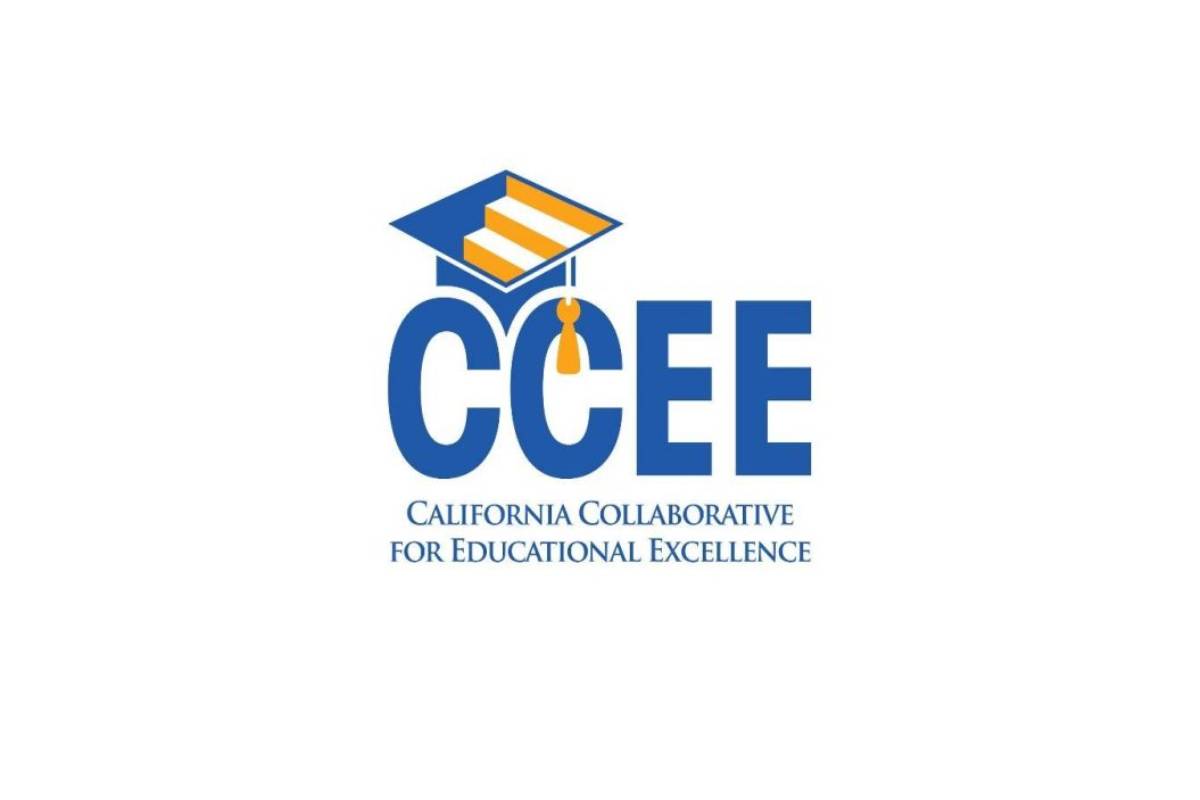In its first meeting of the year on Feb. 4, the California Collaborative for Educational Excellence reviewed the organization’s 2020–21 goals, provided an update on the System of Support and debuted a new website designed to provide assistance directly to educators and administrators in key areas related to education during the pandemic. Like the System of Support that the CCEE has created, presenters throughout the meeting referenced how the organization has been able to build its own capacity and evaluate its projects in a cycle of continuous improvement since its inception in 2013.
“We’ve shifted a lot from the work in those first few years,” said CCEE Director Tom Armelino. “A lot of that work was around collaboration, but it was often very hard to measure impact. How do we know the work that we did in professional learning networks actually had an impact? So, everything that we do now, we’re really specific about how we are going to measure impact and get feedback so that we can make sure it is serving the students we are supposed to be serving.”
The CCEE has four priority goals for this fiscal year:
- Support local educational agencies currently receiving Direct Technical Assistance and address the expansion of this support to other LEAs in need. Of six districts that qualify for Direct Technical Assistance due to having three or more pupil groups did not make progress based on the CA School Dashboard, five Systemic Instructional Reviews have been completed.
- Increase focus on the review and development of professional learning resources that emphasize high-priority topics throughout the school year to build LEA capacity and improve student outcomes. The CCEE has created The Field Guide for Accelerating Learning, Equity and Well-Being, a virtual hub that provides LEAs with tools to reflect on key lessons learned from 2020, plan a safe return to campus, respond to logistical needs of scheduling, develop effective communication plans, create continuity of learning, facilitate goal-setting, gain inspiration for what lies ahead and more.
- Facilitate the development and implementation of structures, relationships and processes to support the expansion of the System of Support for LEAs.
- Design and implement strategy and initiatives to share lessons learned from CCEE work and best practices in the field.
L.K. Monroe offered a unique perspective on the Direct Technical Assistance process as both a new CCEE board member and the Alameda County Office of Education superintendent. Oakland Unified School District in Alameda County had just completed the Systemic Instructional Review process in January. The purpose of an SIR is to identify strengths, weaknesses, threats and opportunities in the implementation of instructional initiatives and practices of an LEA through a series of data collection activities. The SIR culminates in recommended action steps that are designed to assist districts in creating coherence throughout the system by supporting a strong focus on instruction, developing collaborative cultures, enhancing deeper learning, and establishing accountability throughout the system.
“One of the things I am most impressed by is the [CCEE] team’s ability to — while challenging Oakland Unified to set aspirational goals and to work diligently toward those outcomes for the least served students — their commitment not to pile on extra deliverables. It’s been a rich and in-depth process,” Monroe said.
Geographic leads find new focus in System of Support
The System of Support update focused on the shifting roles of the seven Geographic Lead Agencies, which are directed by nine county offices of education. These seven lead agencies build the capacity of other COEs in their area, coordinate and calibrate differentiated assistance across their area, provide differentiated assistance to a school district if its own COE is unable to, and identify existing resources and develop new resources in response to emerging needs.
CCEE is now partnering with the California County Superintendents Educational Services Association to evaluate what has been working and where the expertise can be deployed across the state in response to the shifting educational environment. The group has identified three critical issues of focus: social-emotional wellness of students and staff; data culture and processes; and formative assessment and accelerating learning. The goal of the working group, which will meet through June, is to identify resources, prototype solutions and design innovations that have a positive impact on student outcomes in these areas of focus.
Direct resources for educators and administrators
As part of The Field Guide, the CCEE has also launched the Leading Forward 2021: Accelerating learning, well-being and equity initiative. Partnering with educational leaders to identify tools, videos, courses and other resources, the new website aims to share best practices and research on accelerating student learning, while advancing equity for the vulnerable student groups and addressing the whole child.
CCEE Deputy Executive Director Sujie Shin likened the website to a conference without limitations where those in the education field can learn and share on their own timeline. “This is a culmination of all the work CCEE has been engaged in since we began,” Shin said. “How do we develop robust tools and resources for our school teams? How do we engage with our stakeholders to prioritize the highest-leverage strategies? How do we engage at the educator level to really think about outcomes for students?”
Presenters emphasized the immediate nature of the new resource, which addresses needs the education field is facing right now in classrooms both on site and online. Director Armelino said accessibility to this information is key. “What we’ve learned is that there are quite a lot of resources out there,” said Armelino. “We as a state and country are resource-rich but getting resources to people at a time and in a way that works for them has been difficult.”



